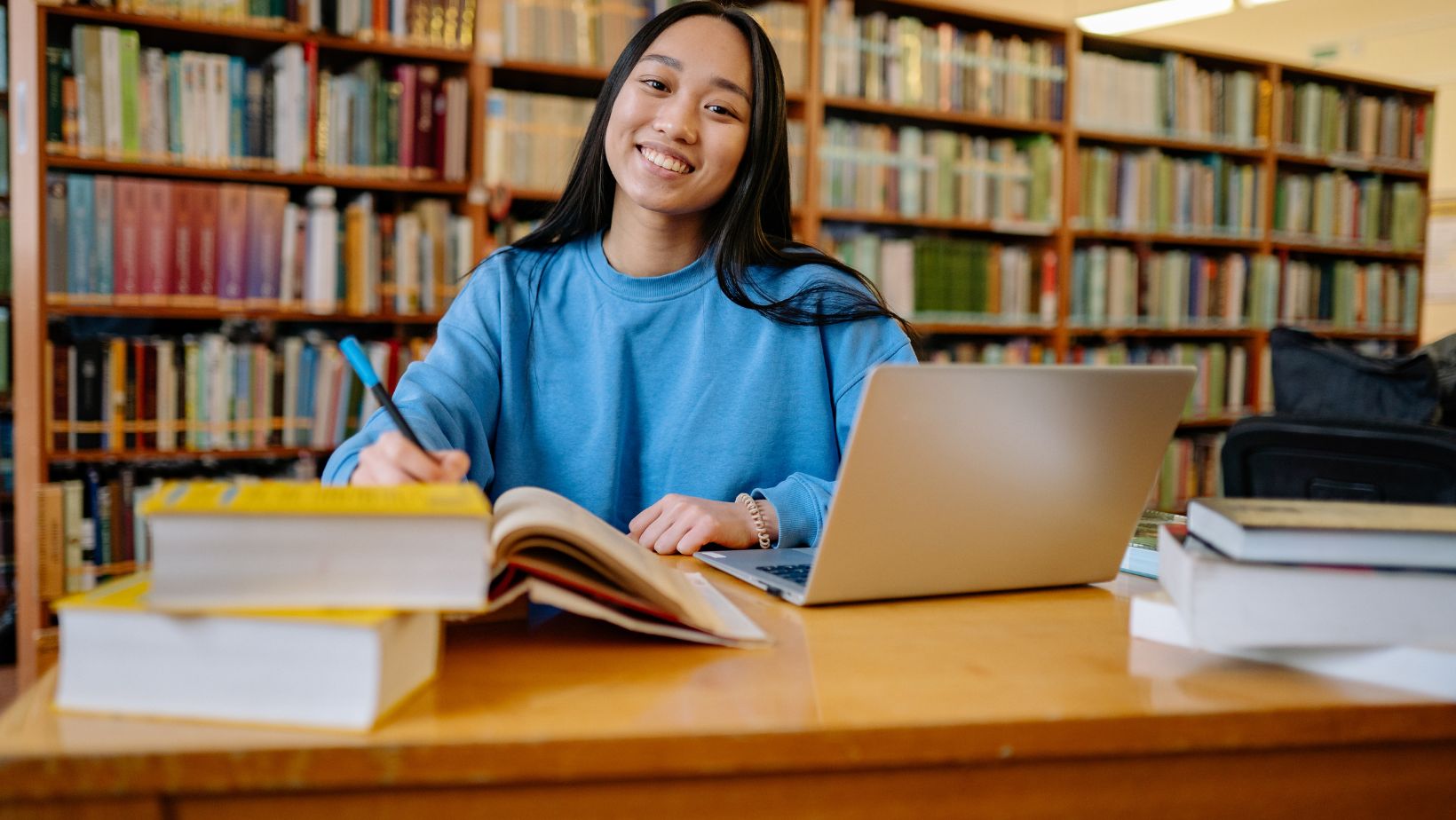Strategies to Make Learning Easier for Struggling Students

Although education is essential for both individual and societal development, many students find the learning process to be difficult. Students who struggle frequently run into roadblocks that prevent them from moving forward, which causes frustration and disengagement. However, with the appropriate approaches, teachers and parents may offer these youngsters invaluable support to help them overcome obstacles and succeed. Here are five practical methods for helping students who struggle with learning, with an emphasis on the need to take good notes.
Personalized Learning Plans
A tailored learning plan is one of the most effective strategies for helping difficult pupils. Making educational experiences more in line with each student’s particular talents, weaknesses, and learning preferences can have a big impact. Together, educators and parents can create a plan that specifies the learning objectives, approaches, and adjustments. These strategies can include providing more practice chances, using different assessment techniques, or reducing complex concepts down into smaller, more accessible steps. Students who are having trouble learning might gain confidence and see their progress more clearly by recognizing the variety of learning demands and modifying the teaching strategy accordingly.
Multisensory Approaches
For struggling learners, using a variety of senses during the learning process helps improve comprehension and recall. Multisensory methods involve including tactile, aural, and visual components in lessons. For instance, to help students remember concepts, teachers can use visual aids like diagrams, charts, and films. Incorporating auditory elements like spoken dialogues and explanations might aid difficult pupils in understanding abstract concepts. Hands-on experiments and interactive simulations are examples of kinesthetic exercises that offer a tactile sensation that improves memory recall. These techniques foster a more holistic learning environment by engaging several senses, making it simpler for struggling students to relate to the subject matter.
Effective Note-Taking Techniques
Notes are a crucial tool for struggling students because they provide a link between classroom content and independent study. Students can take charge of their education by being encouraged to take notes effectively. The Cornell method is one technique where students separate their notes into two columns: one for the key concepts and one for the supporting information.

This approach encourages participation during lectures and aids students in organizing material for later analysis. There are quality OSSD notes, for instance, that could allow you to be more organized and learn quickly and efficiently. Another method for visualizing concepts and their connections to improve comprehension is mind mapping. Additionally, with the help of digital tools like tablets or computers, difficult students can type or draw notes while meeting their various physical demands and learning preferences.
Small Group and Peer Support
Learning need not always take place in a vacuum. A supportive environment for struggling students can be created through small group sessions and peer assistance. In small groups, teachers can provide specialized support, respond to inquiries, and lead conversations that are suited to the requirements of the students. Peers can provide relatable perspectives, alternative explanations, and study advice. Collaboration exercises help difficult students see learning as a shared experience while also fostering a sense of community. They understand that everyone has obstacles and that success can be attained with cooperation and hard work.
Encouraging Growth Mindset
The idea that skills and intelligence can be improved through work, practice, and education is known as a growth mindset. Adopting a growth mindset can have a transforming effect on struggling students. These pupils grow more resilient in the face of difficulties by changing their mindset from “I can’t” to “I can with effort.” By offering helpful criticism, emphasizing progress, and celebrating little successes, educators and parents can significantly influence the development of a growth mindset in children. Struggling students are more likely to persevere and put in the necessary effort to achieve if they understand that setbacks are stepping stones rather than barriers.
Embracing Technology and Interactive Learning
For struggling students, integrating technology into the learning process can be a game-changer. Information can be presented, and concepts can be reinforced in interesting ways via interactive educational platforms, online tutorials, and educational apps. For instance, gamification makes learning an enjoyable and engaging experience, encouraging difficult pupils to participate. Technology also gives students some autonomy, enabling them to study at their own pace and go over information as necessary. Educators can access digital materials that resonate with challenging students and create a more engaged and dynamic learning environment by thoughtfully integrating technology.

Regardless of the difficulties they encounter, every kid deserves the chance to study and succeed. Teachers and parents can create a setting where struggling kids feel empowered by using individualized learning plans, multisensory approaches, efficient note-taking skills, small group, and peer assistance, and encouraging a growth mentality. These techniques facilitate learning while also giving pupils a sense of pride and success that will benefit them throughout their academic careers and beyond. Students who are suffering can overcome challenges and reach their full potential with the correct assistance and guidance.
-
Personal Finance8 months ago
How Do I Find My UCAS ID Number?
-
Success6 years ago
Consistency: The Key Ingredient to Success
-
Uncategorized8 months ago
What Does Conditionally Approved Mean For An Apartment?
-
Motivation3 years ago
How To Become a More Organized Person?
-
Others4 years ago
Work Health and Safety: 8 Reasons to Maintain a Clutter-free Office
-
Entrepreneurs4 years ago
Why Diversity is Key in Business Marketing
-
HK Pools8 months ago
The HK Pools Forum Comunity Jos Markotop 2D Warna Kuning – A Great Way to Stay Connected
-
Sport1 year ago
What Makes Soccer Betting So Great?



























